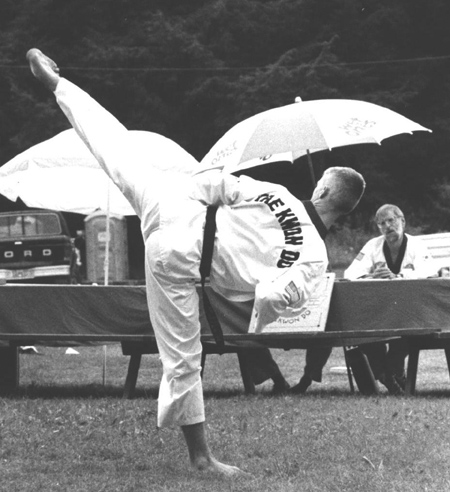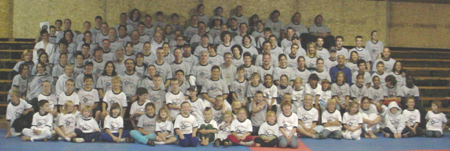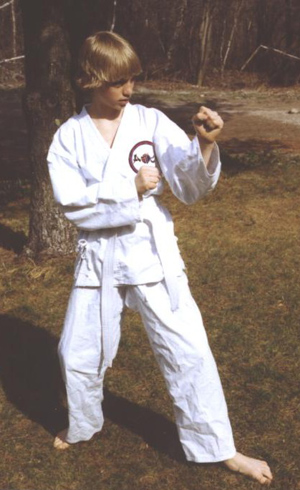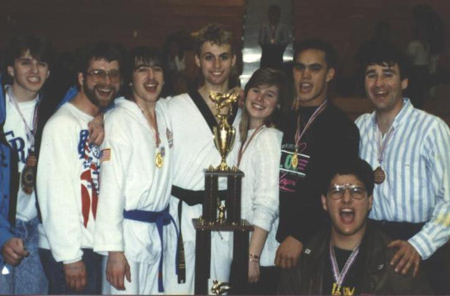
If you don’t feel motivated right now, are you at the mercy of your brain chemistry, washed in and out of motivation on tides of dopamine and adrenaline and all the rest? In a word … no. There’s no magical way to ensure you’ll always be motivated, but there are some simple things you can do at practically any time to get motivation running.
Before I talk about those specific tactics, I want to be sure to mention that reading this article alone isn’t likely to get you motivated, but doing one or more of the things this article describes can help quite a bit. Knowing something isn’t the same as acting on what you know –though there is one exception, which I’ll mention.
Without further ado, then, here are 10 things you can do to get motivated right now, each supported by substantial research.
- Get a little exercise. It may sound unappealingly healthy, but research strongly supports the idea that even a 10-minute walk can make you more alert and energetic, and can improve your mood quickly.
- If something’s bothering you, fix your thoughts. Often we hold ourselves back by delivering a negative running commentary of broken ideas. You can detect and repair these broken ideas: click on the links for the step-by-step details.
- Visualize a result you like. If you have a task in front of you that you might not enjoy doing but will definitely enjoy having done, take a few moments to visualize what it will be like when you’re finished. Picture handing in the research paper early (and the shocked expression on your professor’s face), or the clean kitchen you’ll have, or the items that will disappear from your To Do list or inbox, or whatever other result you want to achieve. Spend a little time in the future enjoying what you’ve done, then come back to the present and start doing it.
- Just stand up. Momentum can be invaluable in making progress, and sometimes we work too hard trying to talk ourselves out of getting any momentum going. Ignore your own objections or complaints about the task at hand and concentrate on some very easy first step, like standing up and walking over to the filing cabinet, or looking up the phone number you’ll need to call, or putting on your shoes.
- Meditate. Honestly, try it–even if it’s “not your thing.” Meditation can pay off immediately by relieving stress and improving focus. If you don’t know how to meditate already, this article points you to online resources that can have you meditating within half an hour. You don’t even have to do a great job of it: even a little success at meditating can provide benefits now.
- Remember why it’s important. If you already have something in mind to do, spend a few minutes thinking about why it’s important to you. Does it provide a much-needed paycheck? Strengthen a relationship? Keep you on track to do something you love? Promote your happiness? Help your kids or your spouse be healthy and safe?
- Write down some reasons to do it. Grab a piece of paper or pull up a blank word processing document and write out why it is you want to do the thing or things you’re not doing. (You can also do this in your head, but writing it down can have a stronger effect.) Also list the immediate benefits. What do you get out of doing the thing right now? Peace of mind? Improvements in the space around you? A better mood? A stronger sense of purpose and self-reliance? More?
- If you feel overwhelmed, focus on one thing. Our brains are only physically capable of focusing on one thing at a time. Therefore, even if there are a lot of things that may be clamoring for your attention, you will be rising to the greatest possible level of responsibility if you just 1) figure out which one is most important to do now, and 2) get started on that one. All the others can be ignored until it’s their time.
- Talk or write it out. Talking with someone supportive or writing down your thoughts journal-style can help clarify what your obstacles are or what it is you really want to be doing, and why.
- Find inspiration. This is the situation I mentioned where just reading something can sometimes improve motivation. You can also get inspiration by other means, like talking with someone who inspires you. If you know of anything or anyone that will help you focus on what you want to do and get you fired up, go drink from that well. Alternatively, reflect on a time when you did well at the thing you’re about to attempt: remember how it felt to succeed at it. Inspiration isn’t always available whenever it’s wanted, and it doesn’t always work, but when it does work it can propel you forward.
Photo by ChrisBravoTown


 In previous articles, I gave a
In previous articles, I gave a 





 Gordon White at Nationals in 1997
Gordon White at Nationals in 1997
 It started with bullies
It started with bullies


